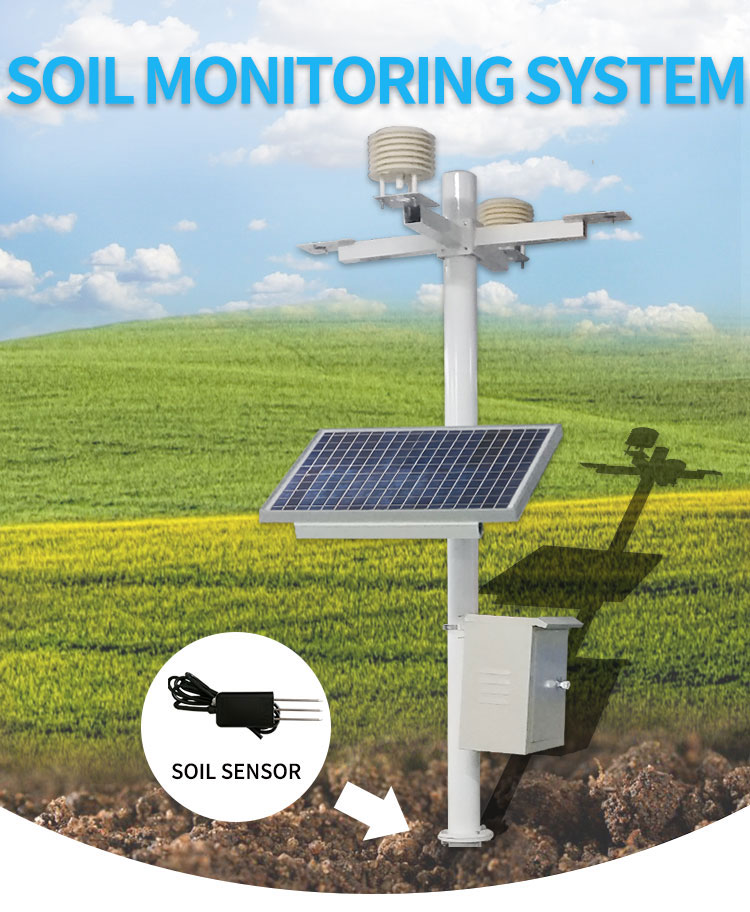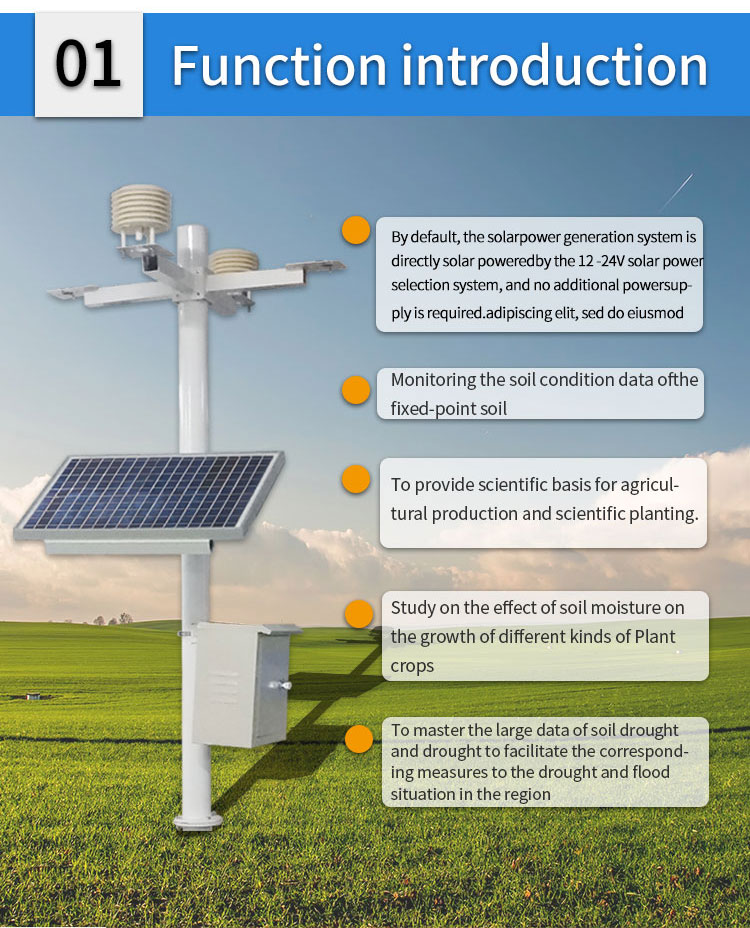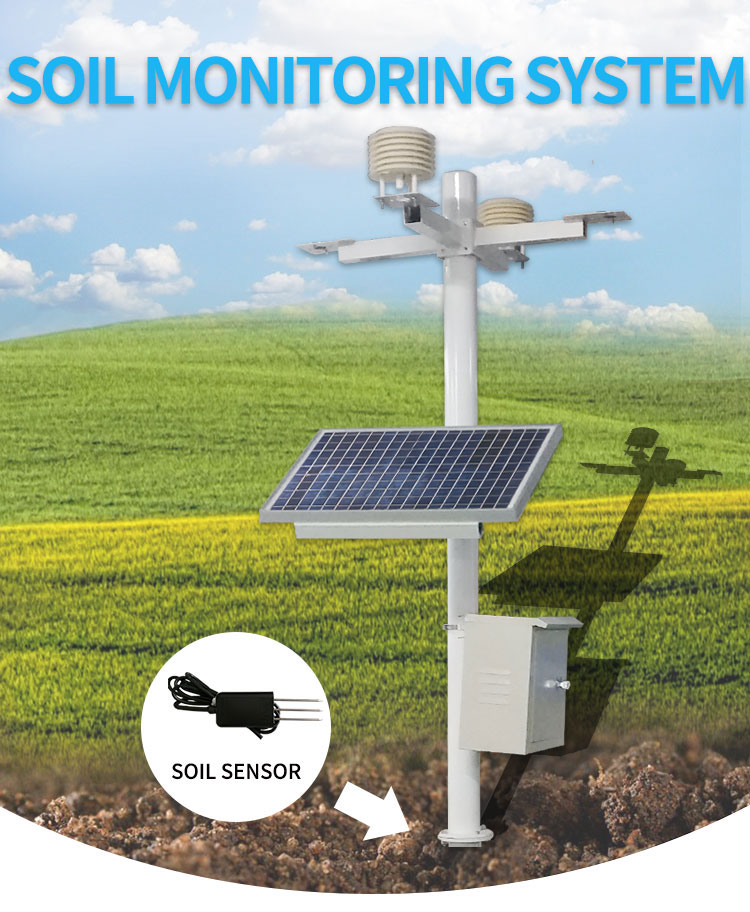The Earth's soil holds a wealth of information about our environment, from nutrient levels to pollutant concentrations. Harnessing this knowledge is crucial for effective environmental monitoring and sustainable resource management. Soil sensors have emerged as powerful tools to unlock the potential of soil data. In this article, we will explore the significance of soil sensors in environmental monitoring, their capabilities, and the potential implications for a greener and healthier planet.

Soil Sensors in Environmental Monitoring:
Environmental monitoring aims to assess and manage the impact of human activities on natural resources. Traditional monitoring methods often involve time-consuming and costly laboratory analyses. Soil sensors provide an alternative by directly measuring various parameters in real-time, enabling efficient and accurate monitoring.
Parameters Measured by Soil Sensors:
Soil sensors can measure a range of parameters that are vital for environmental monitoring:
a. Moisture Content: Soil moisture sensors help determine water availability in the soil, aiding in irrigation management, drought detection, and water resource planning.
b. Temperature: Soil temperature sensors monitor fluctuations in soil temperature, which can affect plant growth, microbial activity, and greenhouse gas emissions.
c. pH Level: Soil pH sensors measure the acidity or alkalinity of the soil, providing insights into soil health, nutrient availability, and potential acidification over time.
d. Electrical Conductivity (EC): EC sensors quantify the soil's ability to conduct electricity, which correlates with salinity levels and helps identify soil salinization and saltwater intrusion.
e. Nutrient Levels: Soil nutrient sensors detect the concentration of essential elements like nitrogen, phosphorus, and potassium, aiding in fertilizer management and preventing nutrient pollution.
f. Organic Matter: Sensors can estimate soil organic matter content, a critical indicator of soil fertility and carbon sequestration potential.
These sensors can be embedded at various depths within the soil profile to capture vertical variations and provide a comprehensive understanding of soil conditions.
Benefits of Soil Sensors in Environmental Monitoring:
Soil sensors offer several benefits that revolutionize environmental monitoring efforts:

a. Real-Time Data: Soil sensors provide instant, continuous data without the need for time-consuming laboratory analyses. This enables prompt decision-making and early detection of environmental changes.
b. Cost-Effectiveness: Compared to traditional laboratory testing, soil sensors offer cost savings over the long term, reducing expenses associated with sample collection, transport, and analysis.
c. Increased Efficiency: Soil sensors allow for more precise and focused monitoring, reducing the need for extensive sampling campaigns. This efficiency optimizes resource allocation and improves data quality.
d. Customization: Soil sensors can be tailored to specific monitoring needs and integrated into automated systems, allowing for targeted monitoring and adaptive management strategies.
e. Scalability: Soil sensor networks can be deployed at various scales, from small plots to large agricultural fields or entire watersheds. This scalability enhances our ability to monitor and manage environmental conditions effectively.
Applications of Soil Sensors in Environmental Monitoring:
Soil sensors have diverse applications in environmental monitoring:
a. Agricultural Management: Soil sensors aid farmers in optimizing irrigation, fertilization, and pest control practices. They enable precision agriculture, reducing resource waste and environmental impacts.
b. Urban Planning: Soil sensors contribute to urban planning by monitoring soil pollution levels, ensuring safe land use and improving urban green spaces.
c. Water Resource Management: By monitoring soil moisture and salinity, soil sensors help assess water availability and prevent over-irrigation or waterlogging. They also aid in monitoring and managing groundwater quality.
d. Ecosystem Monitoring: Soil sensors assist in tracking soil health changes and monitoring ecosystem restoration efforts. They provide insights into carbon sequestration, nutrient cycling, and biodiversity conservation.
e. Climate Change Studies: Soil sensors aid in understanding the impact of climate change on soil conditions, including temperature, moisture, and carbon dynamics. This knowledge helps develop effective climate adaptation strategies.
Challenges and Future Outlook:
While soil sensors offer immense potential, challenges exist that need to be addressed:
a. Standardization: Harmonizing sensor data collection protocols and calibration methods ensures interoperability and comparability across different monitoring efforts.
b. Data Management and Analysis: Handling large volumes of sensor data requires robust data management systems and sophisticated anal







